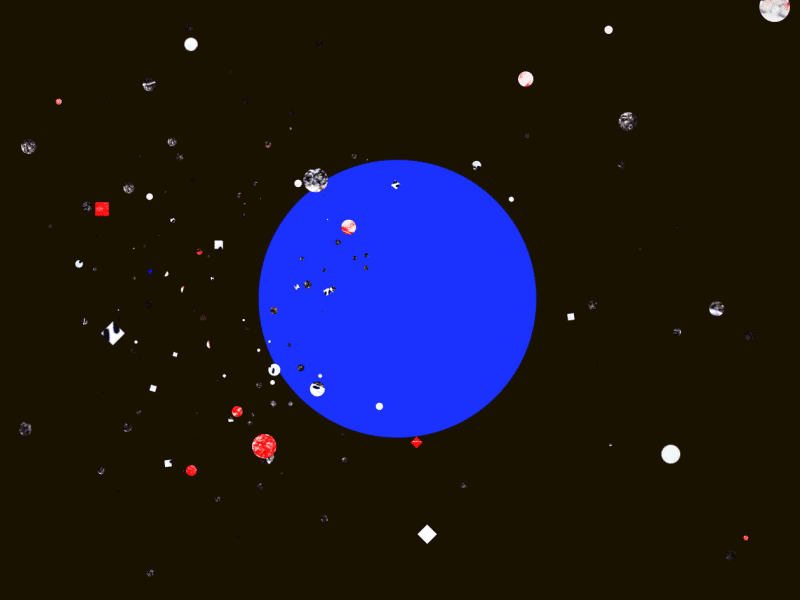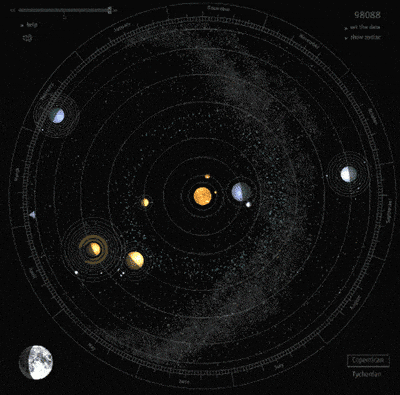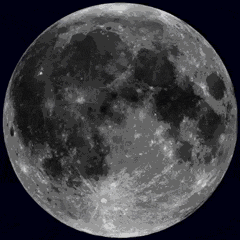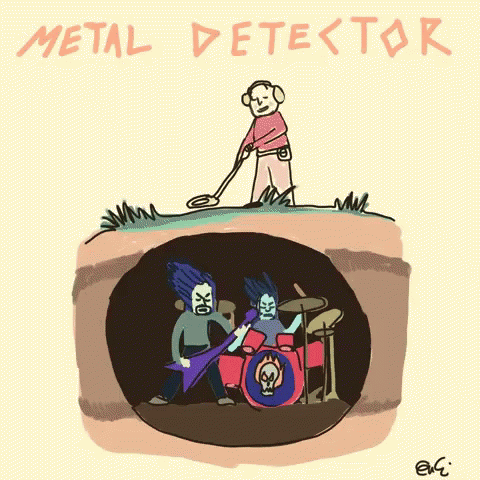
TRIVIA TIME!
did you know?


The Bigbang created all matters in the universe.
Universe continues to expand into the unknown.


Gravity sculpts solar systems.
Earth is in the goldilocks zone. This is where liquid water persists meaning it can sustain life. This is why Earth (and other planets in the goldilocks zone) is habitable.


The Moon plays a vital role for the Earth. After it collides with the Earth, the moon controls the tides, keeps the Earth on its axis which creates seasons, slows down the speed of the rotation, and stabilizes the Earth from wobbling.
Terrestrial planets are rich in metals and silicate rocks. Among the terrestrial planets, Earth is the densest planet because of its composition. It is composed of 35% iron meaning almost ¼ of the Earth contains metal.


Earth's magnetic field helps us to protect ourselves from harmful charged particles (e.g. UV rays). The core heats up the liquid outer core thus creating geodynamo and convection currents that result in the creation of our magnetic field.
Earth is not a perfect sphere but rather it is an oblate spheroid. As the Earth rotates on its axis, the poles are flatten and the equator spreads wider.


Nitrogen is three times more massive than the oxygen in our planet. Though nitrogen in our atmosphere is sizable, it has an enormous amount in our soil helping it to fertilize.
We only explored 20% of our ocean even though Earth is made up of 70% water. Unlike how we discovered many things outside our planet, 80% of our oceans are still left unexplored.
